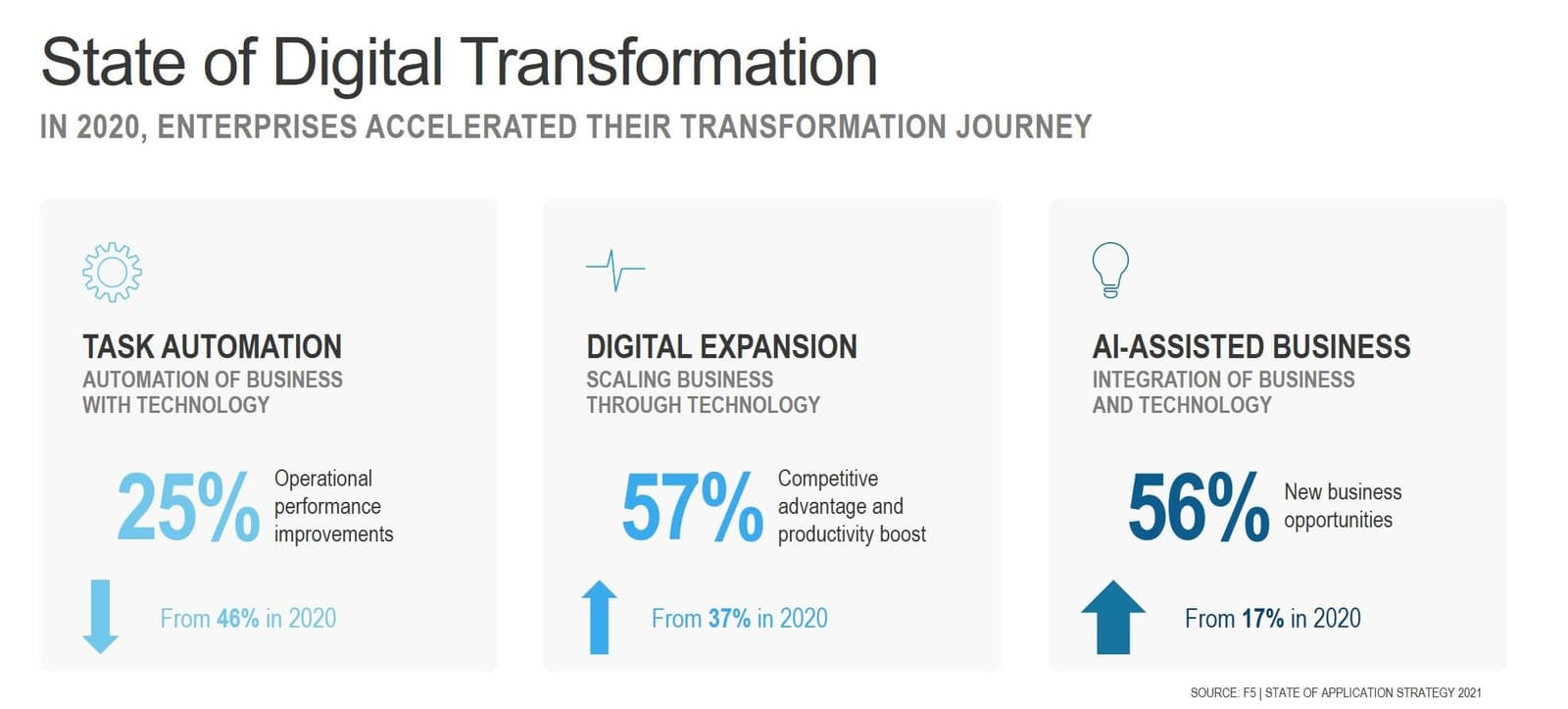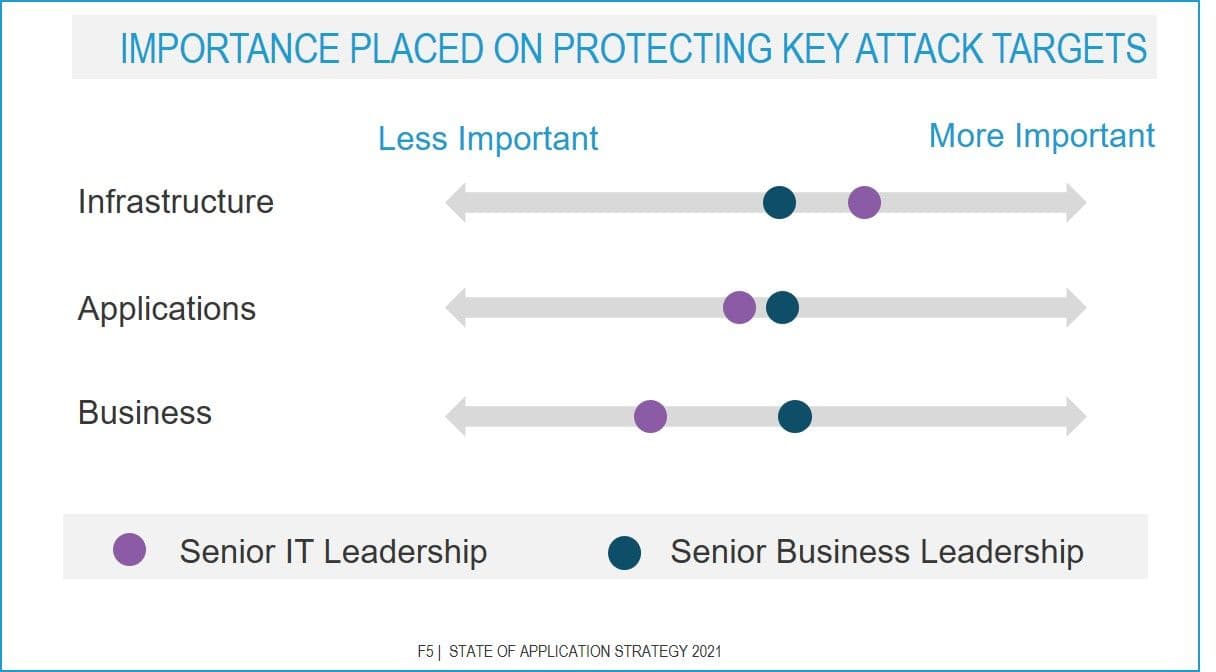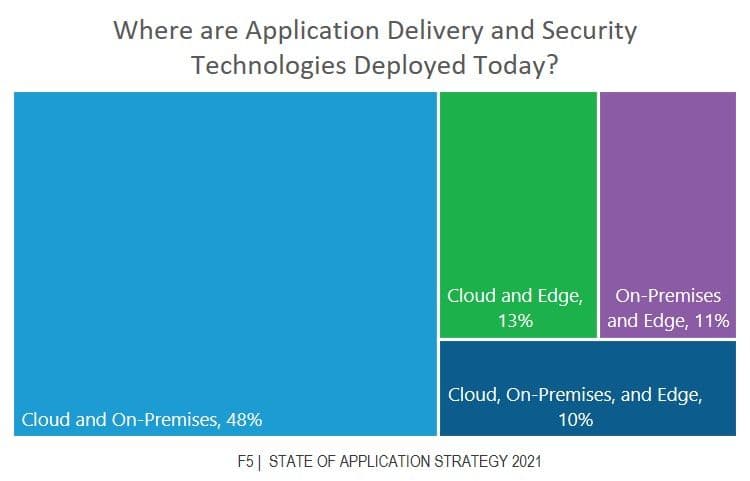Like many proverbs, the origins of "necessity is the mother of invention" is muddled. Often attributed to Plato, it is also ascribed to a variety of other well-known writers. Lacking an authoritative source, however, makes the proverb no less true.
The year 2020 will be remembered for many reasons. In the history of technology, it will be indelibly associated with accelerated digital transformation and the new proverb I just made up, necessity is the mother of motivation.
Millions of consumers were motivated by necessity to use digital business for the first time. Businesses were motivated to accelerate their transformation in response, driven by that same necessity. What would otherwise have taken years has, based on our annual research, taken just months. That conclusion has been echoed by the industry and a plethora of independent research.
But today we've announced the results of our annual research. For seven years we've conducted this survey and every year we learn something new. As we explored this year's research, we were struck by how swiftly organizations have moved to adopt the methods, technology, and application architectures necessary to progress on their digital transformation journey.

Organizations did not walk, they ran—with haste—from the early stages of replacing manual tasks with applications (task automation) to more mature phases that expand digitization to workflows (digital expansion) and begin to leverage data and analytics to power smarter business and operational decisions (AI-assisted business).
No matter the pace, the journey from paper-powered to digital cannot be undertaken without technology. From applications to analytics, from automation to application delivery and security, the transformation of business relies on technology. Each of these categories showed significant changes over results from 2019.
Our research has changed, too. We're still focused on understanding the impact of trends and technologies on application delivery and security (the technology formerly known as 'application services'), but we're also looking to the future, to where enterprises are going. We know the destination of digital transformation is AI-Assisted Business, but how existing and emerging technologies and tools will fit into that future is often less clear.
Well, it was less clear until we dug into the results from this year's survey.
The Future is Data-Driven
This year's research provides a fascinating look at how enterprises perceive application security and delivery technology and their role in a future driven by data. The importance of the functional capabilities of technologies that deliver and secure applications as well as the telemetry they generate cannot be overstated. More than three-quarters of respondents—all decision makers in their respective organizations—view application delivery and security technology as being important to meeting SLAs (80%) and improving the customer experience (79%).
The increasing importance placed on data was seen throughout the survey in the 52% of respondents that tagged AIOps as a technology that will have a strategic impact in the next two to five years. The relationship between AI and data should be no surprise. Without data to analyze and ultimately act upon, AIOps is reduced to a tactical, productivity-enhancing practice rather than the strategic business driver it can—and should—be.
Enterprises Firmly Entrenched in Digital Expansion
But we aren't there yet. As digital transformation progresses, we see IT evolving from supporter to enabler to partner with the business. Today, we still see IT as acting the part of enabler. An example is the lack of alignment on key aspects of protecting a digital business.

We chose these three aspects very purposefully. Infrastructure—whether cloud or on-premises or at the edge—remains a critical component and an attack vector. As the primary digital interface with consumers, applications are constantly under attack. The business is increasingly targeted as attackers begin to discover how to abuse digital business in new ways. All three aspects must be protected, as any one might be an entry point to attack the other.
That both IT and business leadership agree protecting applications is important is a good sign. Yet the lukewarm value placed on protecting applications indicates that, despite already operating in the AI-Assisted Business phase, most organizations are firmly fixed on Digital Expansion and have yet to embrace the notion that IT is equal to the business.
Reinforcing the current focus on digital expansion is the significant jump in respondents that told us they are modernizing applications because of digital transformation. In 2020, only 37% were driven to modernize applications. This year that grew to over half of all respondents (56%). Modernization is a natural means of expanding digital capabilities by extending the ability of applications to reach new consumers, partners, and ecosystems.
If this sounds dismissive, it shouldn't. The progress of organizations on their digital transformation journey in just one year is nothing short of astounding. Movement from one phase to another would typically take years. Enterprises accelerated that progress and took mere months.
Digital Means Distributed
The ramifications on technology as businesses accelerate digital transformation should not be ignored. Technology is taking a significant leap ahead as the data center redistributes workloads to address a remote workforce and digital-first economy. With millions of new digital consumers and the looming prospect of a distributed, remote workforce being common, organizations are looking at how to maintain access to corporate resources without compromising security and reach the far-flung edges of the Internet without running afoul of performance problems.
This reality has made expansion to edge the new imperative. Just over three-quarters (76%) have or plan to deploy applications at the edge. At the same time, application deployments in the cloud (both IaaS and SaaS) is expanding while those in the data center slow down or stand pat.

When we asked specifically about where application delivery and security technologies were deployed today, we were a bit surprised to see edge figure so prominently in the mix. We were not surprised to find that the majority of organizations operate these technologies in more than one environment. Less than half (41%) stick to one—and it's primarily on-premises. For the majority, however, a mix of cloud, on-premises, and edge is clearly the norm.
This will have an impact on the technologies, tools, and methods used to operate an increasingly distributed and diverse set of workloads. Challenges with automation and orchestration continue to plague practitioners, with toolsets—both open and closed—being a primary source of frustration. Toolset languages and cloud-provider APIs also rank high on the list of things that frustrate and challenge those tasked with operating in a multi-cloud world. The ability to seamlessly deploy and operate applications and the technologies that deliver and secure them is quickly becoming a must-have as organizations run afoul of operational inefficiencies caused by trying to stitch together too many different tools to keep the business running.
The definition of "multi-cloud" is about to expand along with the availability of edge as viable deployment location for applications and the technology that secures and optimizes them.
But Wait, There's More!
There is much, much more to cover this year. So much more that I'd encourage you to start with the official report and watch for multiple forthcoming blogs in which to dive deeper into app modernization, analytics, automation, and of course, application delivery and security technologies.
About the Author

Related Blog Posts

Nutanix and F5 expand successful partnership to Kubernetes
Nutanix and F5 have a shared vision of simplifying IT management. The two are joining forces for a Kubernetes service that is backed by F5 NGINX Plus.

AppViewX + F5: Automating and orchestrating app delivery
As an F5 ADSP Select partner, AppViewX works with F5 to deliver a centralized orchestration solution to manage app services across distributed environments.

Build a quantum-safe backbone for AI with F5 and NetApp
By deploying F5 and NetApp solutions, enterprises can meet the demands of AI workloads, while preparing for a quantum future.

F5 ADSP Partner Program streamlines adoption of F5 platform
The new F5 ADSP Partner Program creates a dynamic ecosystem that drives growth and success for our partners and customers.
F5 NGINX Gateway Fabric is a certified solution for Red Hat OpenShift
F5 collaborates with Red Hat to deliver a solution that combines the high-performance app delivery of F5 NGINX with Red Hat OpenShift’s enterprise Kubernetes capabilities.
Phishing Attacks Soar 220% During COVID-19 Peak as Cybercriminal Opportunism Intensifies
David Warburton, author of the F5 Labs 2020 Phishing and Fraud Report, describes how fraudsters are adapting to the pandemic and maps out the trends ahead in this video, with summary comments.
